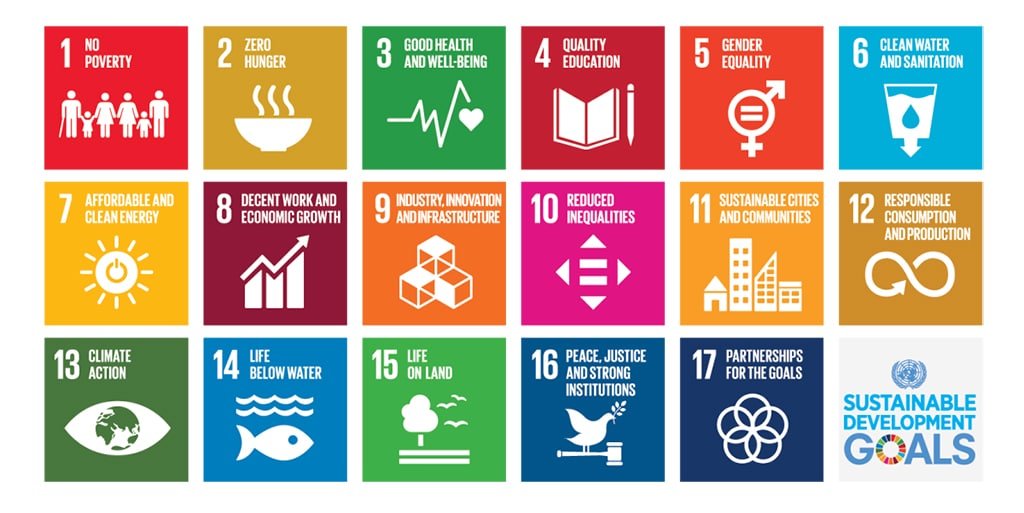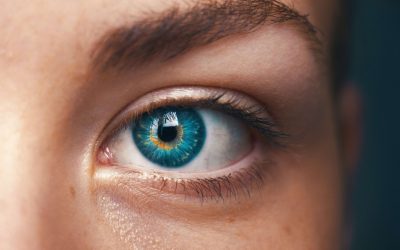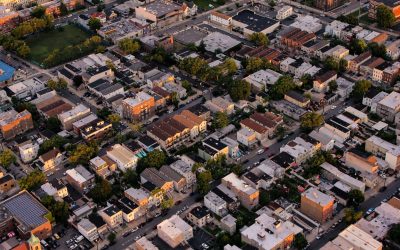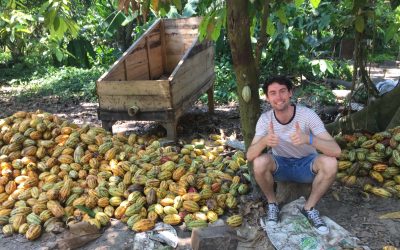Back in 2015, the United Nations set specific goals that the world has to meet by 2030 – the so-called Sustainable Development Goals (SDGs). These 17 goals together have to make sure that the world is in a perfect sustainable state in which there is no hunger, no poverty, and everyone lives in a healthy environment. These goals recognize that ending poverty and tackling other inequalities must go hand-in-hand with strategies that improve health and education, reduce injustices, and spur economic growth – all while tackling climate change and working to preserve our oceans and land ecosystems. So, all the SDGs are intertwined and can’t be acieved without improving the others.
”Every small action matters, because when 7 billion people do that thing, it changes the world. ”
SDGs and AIESEC
With this new blog series, AIESEC would like to explain the SDG’s in a bit more detail, since they not only play a big part in modern businesses like Philips and Unilever, but also in AIESEC. Within our organization, all our Global Volunteer projects are linked to one or more Sustainable Development Goals. To kickstart this new series, I would like to talk a bit about SDG number 3, Good Health and Well-Being.
SDG 3
Sustainable Development Goal number 3 tackles the problem of inequalities in healthcare access. The world is still very off-track to achieve this health-related SDG. The progress in healthcare has been uneven across but also within countries. The current gap between countries with the shortest and longest life expectancies, for example, is 31-years.
Some of these problems concerning healthcare are less of a problem in the Netherlands, however, this does not mean that we should pretend like they do not exist. Here are some facts and figures provided by the United Nations:
‘’More than one in every three women have experienced either physical or sexual violence at some point in their lifes, resulting in both short- and long-term consequences for their physical, mental, and sexual and reproductive health.’’
‘’7 million people die every year from exposure to fine particles in polluted air.’’
‘’At least 400 million people have no basic healthcare, and 40 percent lack social protection.’’
These figures are already shocking. The first one also indicates that good health and well-being is not only about physical health, but it is also about good mental health.
Students and Mental Health Issues
Among students, mental health issues are not uncommon. Life can be quite tough for students, with the increased pressure of having to finish their studies within the set time, living on a tight budget, and just the pressure of juggling their studies, work, social life and working on your resume.
Common mental disorders that often arise among students are anxiety disorder, depression, and eating disorders. In line with SDG 3, more and more schools are tackling this problem by installing a student psychiatrist or providing extra help for students when not everything is working out. However, one of the many obstacles to overcome is acceptance. Mental health problems among students are still a bit of a taboo. Many students that should actually get help often feel ashamed and keep their problems for themselves. In addition, people often do not recognize the symptoms on time. However, this taboo should be broken by talking about it with others and supporting students that are dealing with such a problem.
What to do?
So, not only large corporations should actively work on the SDGs, but everyone should. Just start small and start talking about mental health issues among students.
This post was written by AIESEC in the Netherlands. We offer international voluntary projects and professional internships with the aim of developing leadership in youth.














